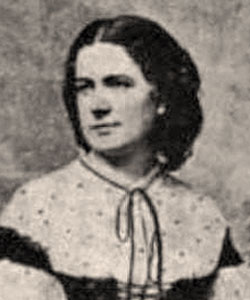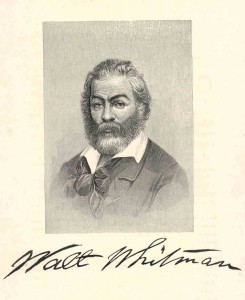Marines deployed by the Union Army during the Civil War played an intricate role in battles and skirmishes that took place along rivers and coastlines. The library at Augustana College has compiled and transcribed the diary of Basil H. Messler, a soldier in the Union’s amphibious Mississippi Marine Brigade, which outlines his exploits as a soldier and commissary during the final years of the War. This resource tool is great for anyone looking to get a personal view of how marines operated during the Civil War.
The site also has the diary of Illinois volunteer G.D. Molineaux, as well as a detailed outline of the troop deployments of his 8th Illinois Volunteer Infantry from 1861-1865.


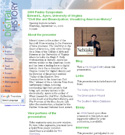
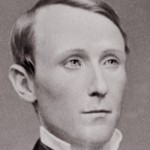

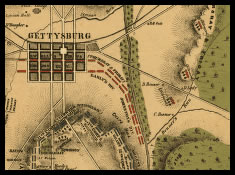 capital of
capital of 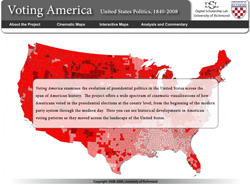 The University of Richmond Digital Scholarship Lab’s “
The University of Richmond Digital Scholarship Lab’s “